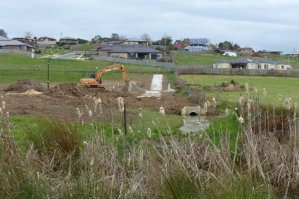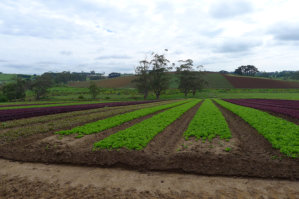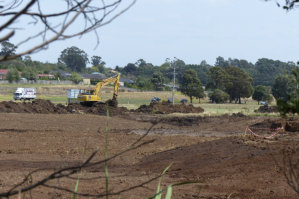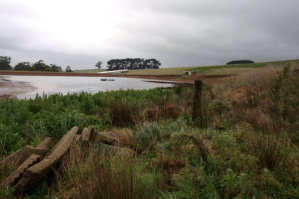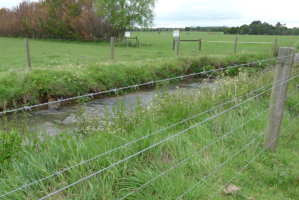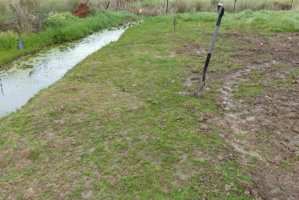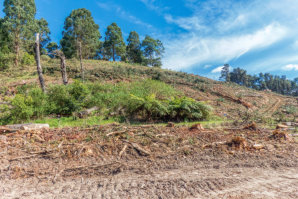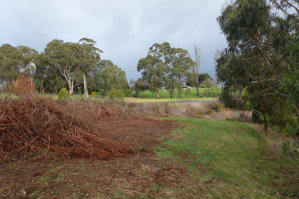
Threatened Burrowing Crayfish of
West Gippsland
Web Site by VP-IT
All photographs © Dr. Beverley Van Praagh, Invert-Eco unless otherwise stated. No image may be saved, copied, reproduced or distributed without prior permission from the copyright owner.
Warragul Burrowing Crayfish
What Threats Do They Face? Or Why Are They In Trouble? Many threatening processes occur within the small area that is home to the Warragul Burrowing Crayfish. Threats include the development of land for housing and industry, and some agricultural practices. This means that without our help and protection, they are vulnerable to extinction, particularly since a large portion of their habitat occurs within areas currently being developed for urban expansion. Burrowing crayfish are very dependent on soil moisture and local wetland systems for survival. Changes in drainage, stream channelization, water pollution, soil compaction and removal of vegetation all contribute to loss and degradation of their habitat. Agricultural Threats
Click image to enlarge
Channelization of Streams
and Draining Paddocks
Alters drainage patterns, water flow
and dries suitable habitat
Click image to enlarge
Dam Construction
Floods suitable habitat
and removes habitat
Click image to enlarge
Removal of Native Vegetation
Dries out soil, leads to erosion, exposes
burrows and alters soil microclimate
Trampling by Stock
Causes stream bank erosion, vegetation loss,
soil compaction or pugging and
destruction of burrows
Pollution of Water Systems
Pesticides and fertilisers poison crayfish
and reduce water quality
Cultivation and Intensive Farming
Removes habitat, destroys burrows
and alters soil condition
Click image to enlarge
Click image to enlarge
Click image to enlarge
Urbanisation Threats
Click image to enlarge
Wetland and Retardation Basin
Construction
Inundates crayfish habitat
Click image to enlarge
Road and Housing Construction
Effects water quality and quantity,
changes catchment, removes habitat
Click image to enlarge
Altered Draining Systems
Water Pollution
Road and housing run-off can lead to siltation
and reduction in water quality
Click image to enlarge
